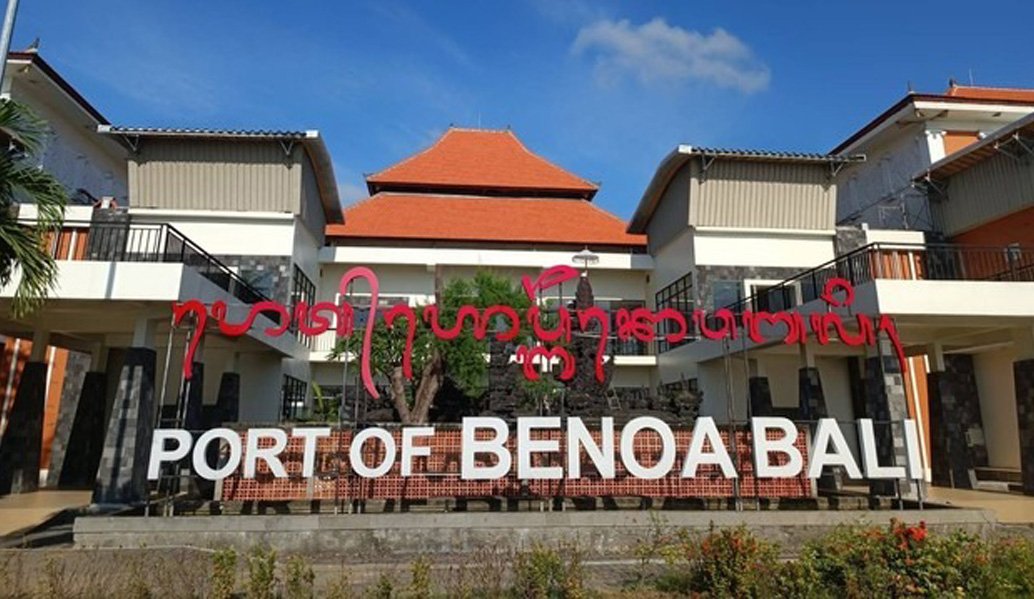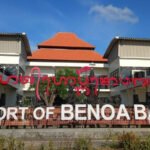
TOP STORIES
MORE TOP STORIES

Panama-Flagged Cargo Vessel KNIDOS Evacuated After Collision With Bulk Carrier NADEEM
March 24, 2018inMaritimOn 9th September, the Turkish authorities reported that a general cargo vessel, KNIDOS, was in danger of listing after colliding ...Read More
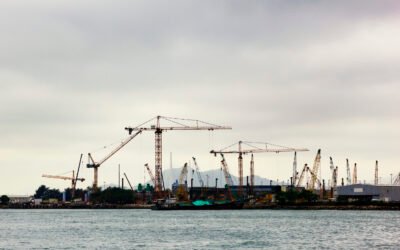
Pipelay Barge Runs Aground Near Coatzacoalcos, Mexico Amid Severe Weather
March 24, 2018inMaritimA pipe layer barge TOG MOR ran aground near Villa Allende, east of the mouth of river Coatzacoalcos, Mexico, due ...Read More
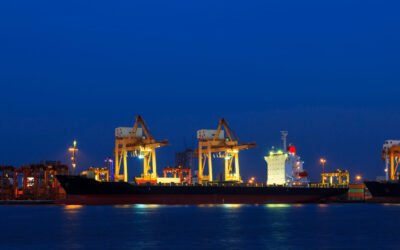
Gran Canaria Beaches Shut as Three Tonnes of Oil Spill Contaminates Coastline
March 24, 2018inMaritimThe Spanish authorities have closed several beaches on the Islands of Gran Canaria after an oil spill incident happened on ...Read More
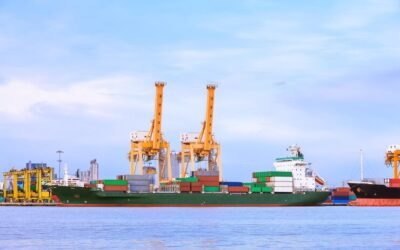
Stowaways Discovered on Bulk Carrier at Paradip Port: Authorities Probe Circumstances
March 24, 2018inMaritimOn August 30, three immigrants from Ghana were discovered hiding aboard the bulk carrier GREAT SHENG WEN while the vessel ...Read More

